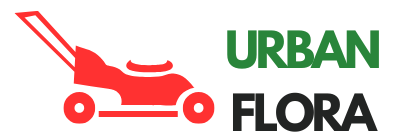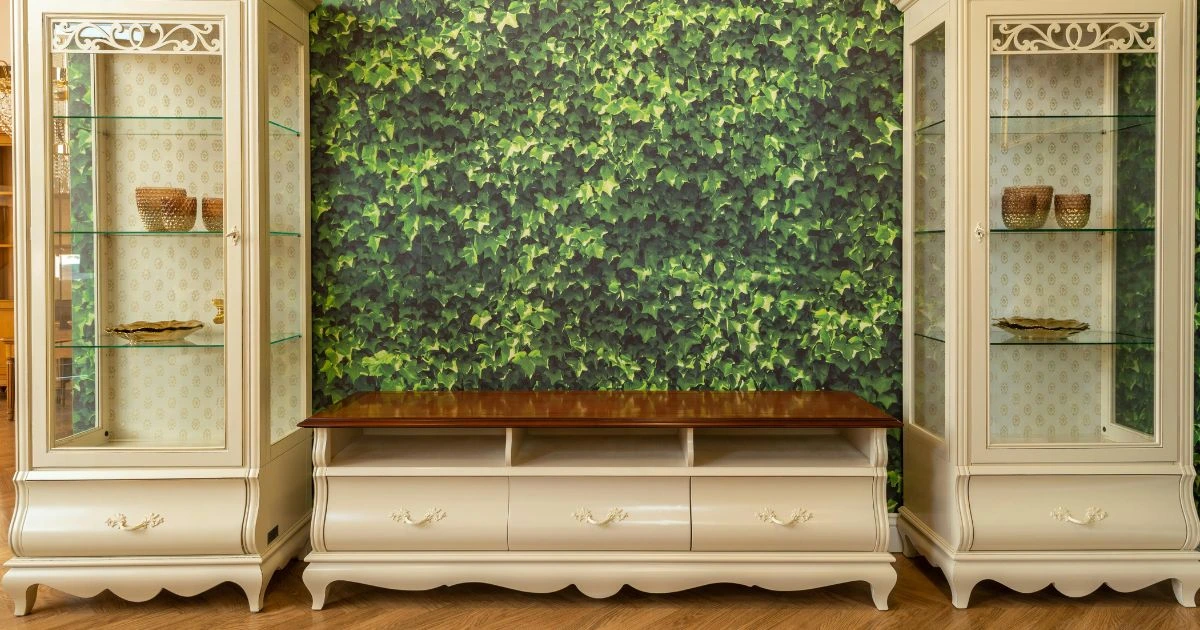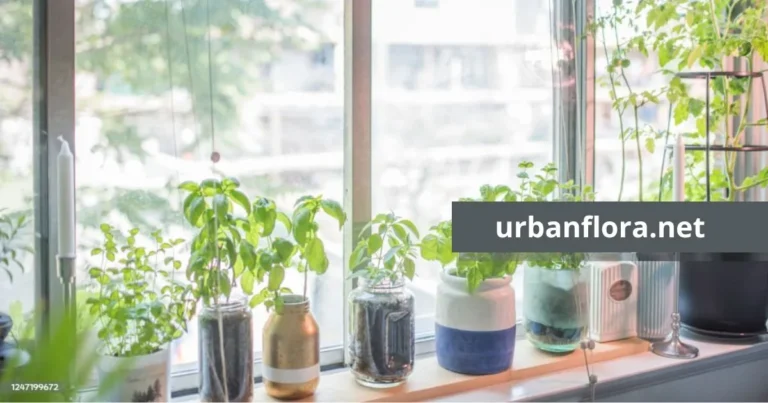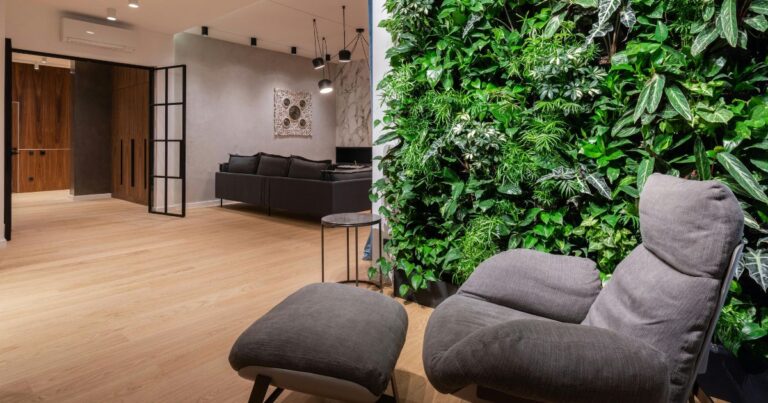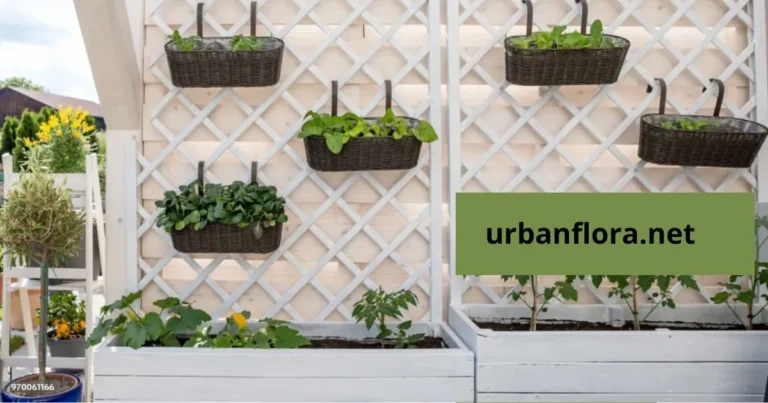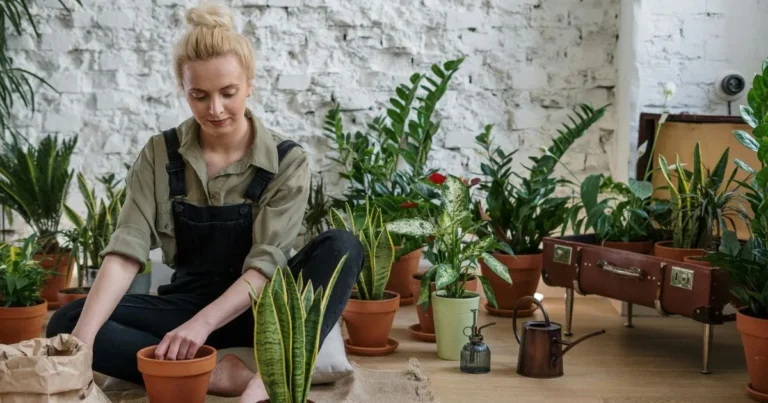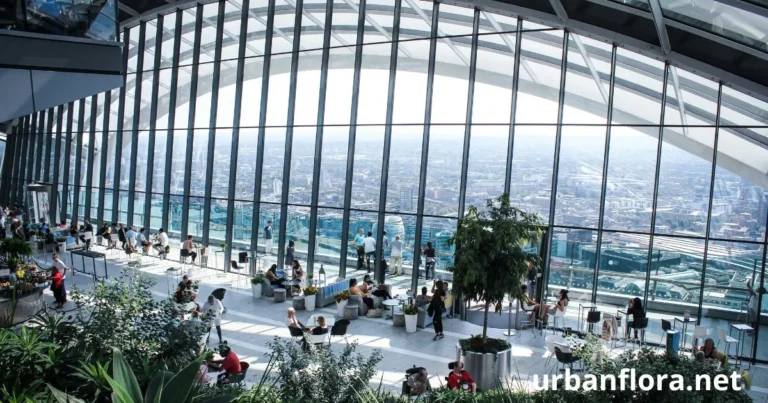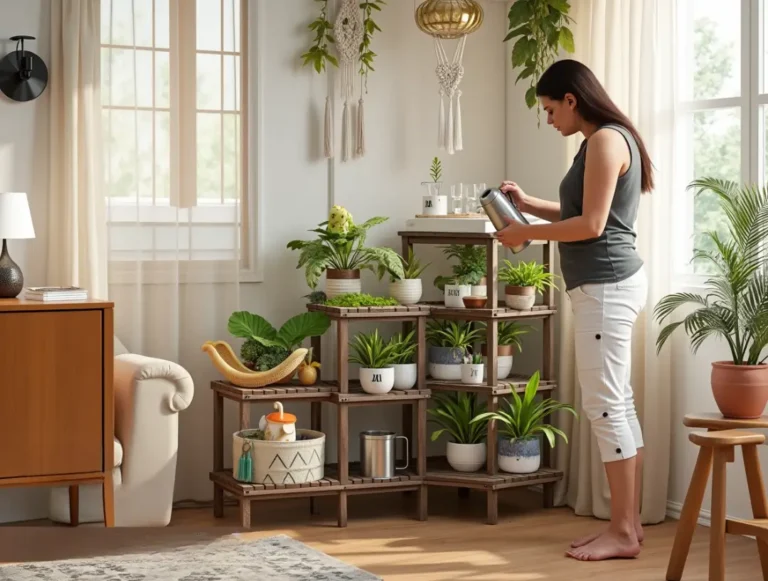Buy Wall Planter Vertical Systems for Space-Saving Gardening
Table of Contents
Introduction: Transform Your Space with a Wall Planter Vertical System
Imagine stepping onto your balcony, terrace, or even into your living room and being greeted by a vibrant green wall teeming with fresh herbs, fragrant flowers, and lush foliage. Sounds like a dream, right? Well, with a wall planter vertical system, you can turn that vision into reality, no matter how small your space is.
Gardening is no longer just for those with sprawling backyards. Whether you’re living in a high-rise apartment, a compact home, or a small urban dwelling, a vertical garden allows you to cultivate a thriving green space without taking up precious floor space. Breathe new life into your surroundings, boost air quality, and create a tranquil retreat—all with the right vertical planter system. In this guide, you’ll discover everything you need to know about choosing, installing, and maintaining the best wall planter vertical system for your needs.
Why Choose a Wall Planter Vertical System?
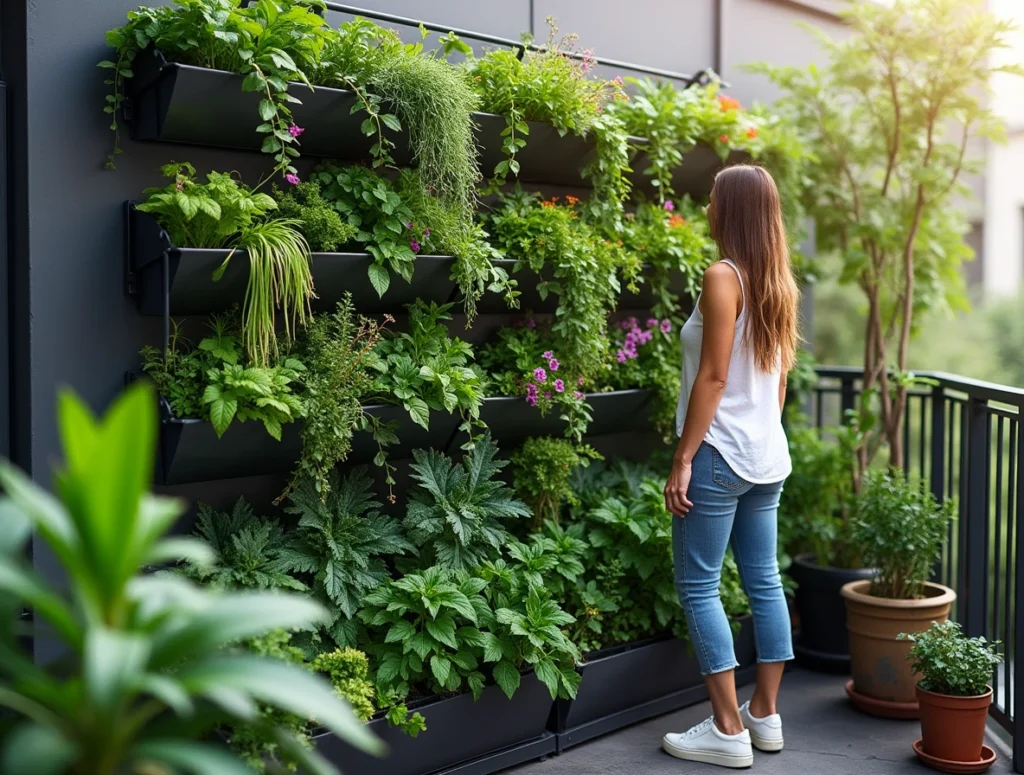
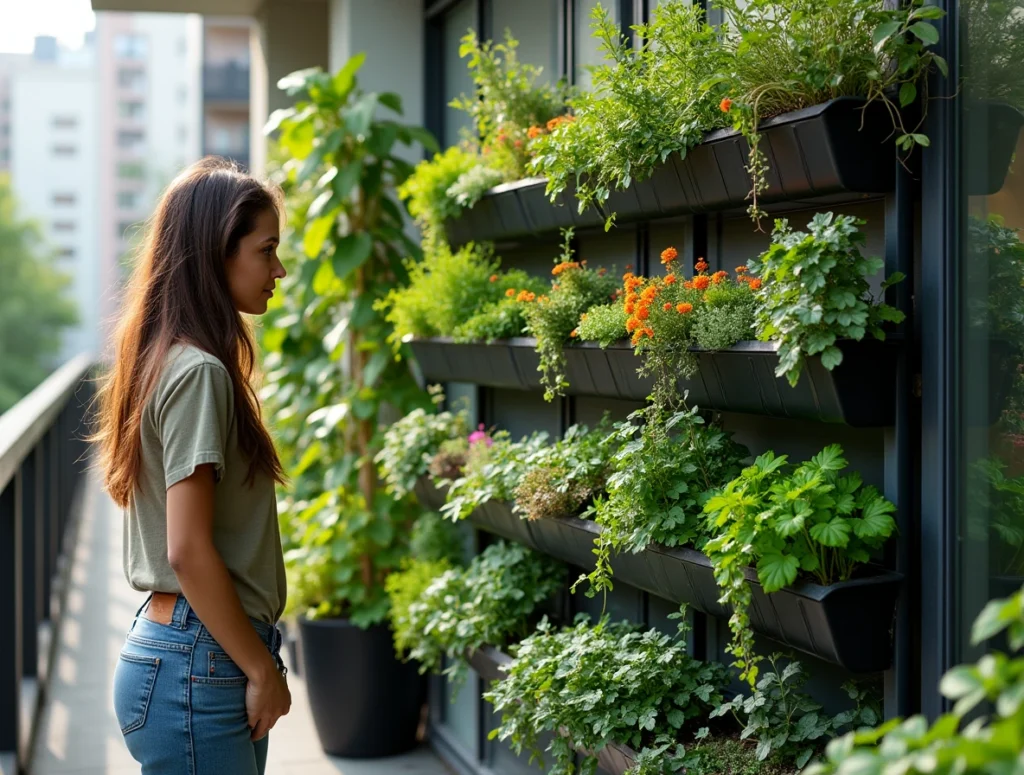
Vertical gardening is a fantastic way to maximize the limited space available to you, and it’s becoming increasingly popular in urban settings. Whether you’re looking to grow fresh herbs for your kitchen, beautiful flowers for your living room, or even vegetables for your family’s meals, a vertical planter system allows you to take full advantage of your available space. Below are some of the key benefits of choosing a wall planter vertical system.
The Benefits of Vertical Gardening
1. Maximizes Small Spaces:
In urban areas, space is often at a premium. Whether you have a tiny balcony, a narrow patio, or a small backyard, vertical gardening can help you grow more plants in less space. By growing upwards, rather than outwards, you can efficiently cultivate a wide variety of plants without cluttering your floor area. This maximizes every inch of available space, giving you more room for other uses.
2. Enhances Home Aesthetics:
Vertical gardens aren’t just functional; they also serve as stunning natural décor. A living wall filled with lush green plants creates an attractive focal point, instantly transforming your indoor or outdoor spaces into a visually captivating area. Whether you prefer modern minimalist designs or rustic garden aesthetics, there are vertical planter systems that will suit your personal style and home décor.
3. Improves Air Quality:
Plants are natural air purifiers. They absorb carbon dioxide and release oxygen, making the air in your home or office fresher and cleaner. Some plants are especially effective at filtering out harmful toxins, such as benzene, formaldehyde, and trichloroethylene, which are common in indoor environments. By adding a vertical garden to your space, you not only enhance its aesthetic appeal but also improve the overall air quality.
4. Eco-Friendly & Sustainable:
Vertical gardening is an environmentally friendly option that uses less water, soil, and space than traditional gardening. Many vertical planter systems are made from recycled materials, and they help promote biodiversity in urban areas by providing a habitat for various plants, insects, and birds. Furthermore, vertical gardens can help reduce urban heat islands, making your environment more comfortable and energy-efficient.
5. Boosts Well-being:
Gardening has been linked to numerous mental health benefits, including reduced stress, improved mood, and better overall well-being. The act of tending to plants can be therapeutic, helping to clear your mind and boost creativity. Additionally, the presence of greenery has been shown to reduce feelings of anxiety and promote relaxation. A vertical garden can offer a personal oasis in the midst of a busy city.
How Wall Planter Vertical Systems Work
Wall planter vertical systems work by utilizing your walls or fences as a base for growing plants. These systems are designed to hold various types of plants in pots, trays, or fabric pouches. The plants are arranged in tiers or rows, making the most of your available vertical space. The systems are often modular, so you can add or remove sections as needed.
Vertical garden systems come in many forms, from simple wall-mounted planters to more complex structures with automated watering systems. The key to a successful vertical garden is selecting the right system for your needs, ensuring proper installation, and caring for your plants accordingly.
Types of Vertical Planter Systems
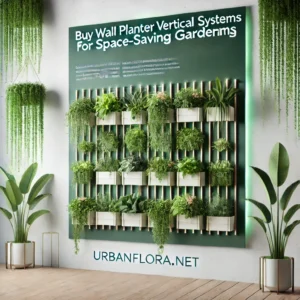
1. Wall-Mounted Planters
Wall-mounted planters are perfect for small apartments and spaces with limited floor area. These planters are typically installed directly onto the wall or fence, and they come in a variety of shapes and sizes. Some are designed to hold individual pots or containers, while others feature modular systems with pockets or trays that can be filled with soil. Wall-mounted systems are particularly popular for indoor vertical gardens and small outdoor spaces, such as balconies and patios.
2. Freestanding Vertical Gardens
Freestanding vertical gardens are moveable units that stand independently, typically using a frame or rack to hold the plants. These systems are highly versatile and can be easily relocated as needed. Freestanding systems are ideal for those who want the flexibility to rearrange their garden or for renters who cannot install wall-mounted planters. These vertical gardens come in various shapes, including ladder-style frames, tiered planters, and hanging racks.
3. Pocket-Style Fabric Planters
Pocket-style fabric planters are lightweight and flexible systems that can be hung on a wall, fence, or balcony railing. They consist of a series of pockets made from durable, breathable fabric that can hold soil and plants. These planters are ideal for growing herbs, flowers, and even some vegetables. The fabric allows for excellent drainage, which is essential for healthy plant growth. They’re easy to install and often come with hanging hardware included.
4. Stackable Planters
Stackable planters allow you to grow multiple plants in a compact space. These systems consist of individual pots that can be stacked on top of each other, forming a vertical garden tower. Stackable planters are great for growing a wide variety of plants, from flowers to leafy greens, and they can be customized to fit your space. These systems are highly space-efficient, and many of them come with built-in self-watering mechanisms to reduce maintenance.
Materials Used in Vertical Planters
The material of your vertical planter system plays a crucial role in its durability, aesthetics, and functionality. Below are some common materials used in vertical gardening systems.
| Material | Advantages |
| Metal | Durable, modern aesthetic, weather-resistant, suitable for outdoor use. |
| Wood | Natural look, customizable, blends well with rustic and contemporary décor. |
| Plastic | Lightweight, affordable, available in various colors and designs. |
| Eco-Friendly Materials | Recycled plastic, biodegradable materials, sustainable options. |
Metal:
Metal vertical planters, often made from galvanized steel or aluminum, are durable and weather-resistant, making them ideal for outdoor use. These systems offer a sleek, modern look and are well-suited for contemporary home designs. The main drawback is that metal planters can be heavy and may require additional support, especially when installed on a wall.
Wood:
Wooden vertical planters bring a natural, rustic charm to any space. They can be customized with different finishes to match your home’s aesthetic, and they are a great choice for those seeking an organic, earthy feel. However, wood requires more maintenance than other materials, as it can deteriorate over time when exposed to the elements.
Plastic:
Plastic vertical planters are lightweight, affordable, and come in a wide range of designs and colors. They are easy to install and move, making them a good option for renters or those who want a flexible gardening system. However, they may not be as durable as metal or wood, and cheap plastic planters can look less aesthetically pleasing.
Eco-Friendly Materials:
For the environmentally conscious gardener, many vertical planters are made from sustainable materials, such as recycled plastic or biodegradable fabrics. These eco-friendly options help reduce the environmental impact of gardening while providing the same benefits as traditional materials.
Choosing the Best Wall Planter Vertical System for Your Needs
When selecting a vertical planter system, there are several factors to consider to ensure you choose the best option for your space and gardening needs. Here are some key considerations.
Factors to Consider Before Buying
Space & Placement:
Consider where you’ll be placing your vertical garden. If you’re gardening indoors, you’ll need to choose plants that can thrive in lower light conditions. On the other hand, outdoor gardens require plants that can handle the elements, such as sun, wind, and rain. The amount of sunlight your plants receive will also influence your choices—plants like succulents need full sun, while others like ferns thrive in the shade.
Plant Selection:
Not all plants are suitable for vertical gardening. Small herbs like basil, mint, and thyme are popular choices for wall planters, as are leafy greens like lettuce and spinach. For a more decorative touch, consider adding flowers like petunias, begonias, or fuchsias. When selecting plants, be sure to choose varieties that suit your growing conditions, whether that’s full sunlight, partial shade, or low light.
Watering System:
A key consideration when purchasing a vertical garden system is the type of watering system it offers. Many vertical planters come with built-in irrigation systems, such as drip irrigation or self-watering mechanisms. These systems reduce the need for manual watering, making plant care easier and more efficient. If you’re planning to water manually, be sure to choose a system with good drainage to prevent water from accumulating at the base.
Installation & Durability:
Before purchasing a vertical garden system, check the weight capacity and installation requirements. If you’re installing it on a wall, make sure the wall is sturdy enough to hold the weight of the plants and soil. Also, consider the durability of the material and whether it can withstand your local weather conditions. Outdoor planters should be weather-resistant, especially in areas that experience heavy rain or extreme temperatures.
Top Wall Planter Vertical Systems to Buy in 2025
Here are some of the best wall planter vertical systems you can purchase in 2025, each offering unique features and benefits.
| Product Name | Best For | Material | Price Range | Customer Rating |
| XYZ Vertical Garden | Small spaces | Fabric pockets | $26 – 159$ | ⭐⭐⭐⭐⭐ |
| ABC Wall Planter | Outdoor patios | Metal frame | Up to 15$ | ⭐⭐⭐⭐ |
| GreenGrow System | Indoor herbs | Recycled plastic | Up to 15$ | ⭐⭐⭐⭐⭐ |
| Nature’s Wall Planter | Aesthetic appeal | Wooden frame | Up to 15$ | ⭐⭐⭐⭐ |
| SmartGrow Vertical | Automated watering | Smart tech | 90$ | ⭐⭐⭐⭐⭐ |
Tips for Maintaining a Wall Planter Vertical Garden
Once you’ve chosen and installed your vertical planter system, it’s time to focus on maintenance. Proper care will ensure that your plants thrive and that your system remains in top condition.
Essential Care Tips
1. Proper Watering:
While some vertical planter systems have self-watering features, others require manual watering. Be sure to water your plants according to their individual needs, and always check that the system has proper drainage to avoid waterlogged soil.
2. Pruning & Fertilization:
Regular pruning is essential to encourage healthy growth and prevent overcrowding. Trim dead or damaged leaves, and remove any spent flowers to promote new growth. Fertilize your plants with the appropriate nutrients, as vertical gardens can sometimes deplete soil nutrients faster than traditional gardens.
3. Pest & Disease Control:
Vertical gardens are just as susceptible to pests and diseases as other types of gardens. Keep an eye out for common issues like aphids, spider mites, and fungal infections. Use natural remedies such as neem oil or insecticidal soap to treat problems without harming your plants or the environment.
4. Soil & Nutrient Management:
Over time, the soil in your vertical planter may become depleted of nutrients. Refresh the soil regularly by adding compost or organic fertilizers. If you’re growing vegetables, rotating your plants annually can help keep the soil healthy and prevent diseases.
Urban Gardening Solutions with Wall Planters
Many urban gardeners face unique challenges when it comes to space and resources. Wall planter systems offer practical solutions to some of these common issues.
| Challenge | Solution |
| Limited space | Use vertical wall-mounted systems |
| No direct sunlight | Choose shade-loving plants like ferns and pothos |
| High maintenance | Opt for self-watering planters with automated irrigation |
| Harsh weather conditions | Select weather-resistant materials for durability |
| Lack of gardening experience | Choose easy-to-grow plants like succulents and herbs |
Frequently Asked Questions (FAQ)
Q1: What are the best plants for a vertical wall planter?
A: Herbs like basil, mint, and thyme, succulents, and ferns thrive in vertical gardens. Consider low-maintenance plants for beginners.
Q2: Do wall planters need special watering systems?
A: While some require manual watering, many come with self-watering or drip irrigation options, making plant care easier.
Q3: Can I install a vertical garden indoors?
A: Yes! Choose low-light plants such as snake plants and ferns, and ensure proper drainage to prevent water damage.
Q4: How do I keep my vertical garden from getting too heavy?
A: Use lightweight soil, opt for fabric or plastic planters, and ensure proper wall mounting to support weight distribution.
Q5: Are wall planters suitable for vegetables?
A: Yes! Leafy greens like lettuce, spinach, and kale grow well in vertical gardens, provided they get adequate sunlight and nutrients.
Conclusion: Start Your Vertical Gardening Journey Today
With a wall planter vertical system, you can create a flourishing garden even in the smallest spaces. Whether you’re looking to enhance your home décor, purify the air, or enjoy homegrown herbs, the right vertical planter can help you achieve your gardening goals. Browse the best products, follow expert tips, and start transforming your space today!
